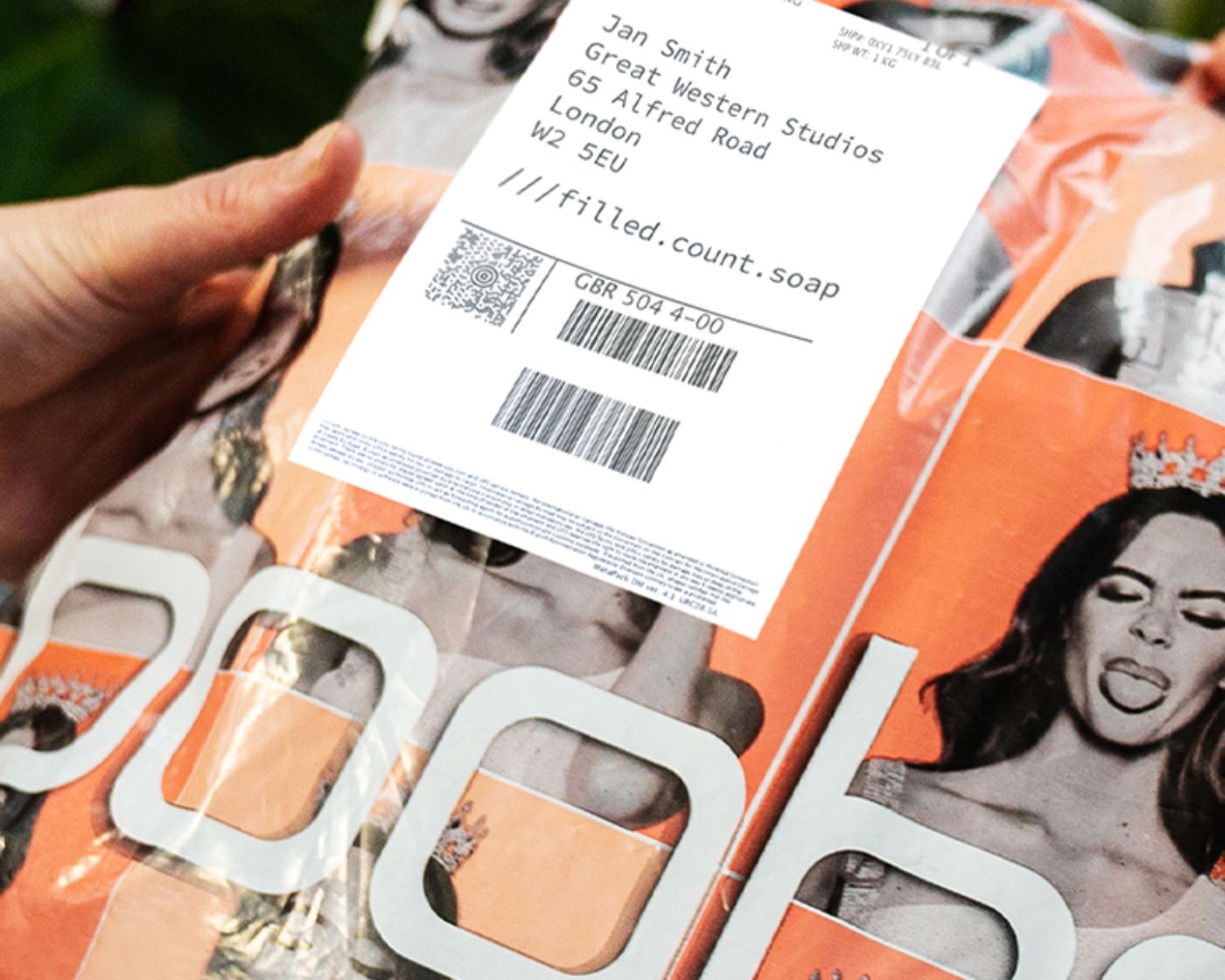Boohoo Group customers can now add a what3words address at checkout, and to their saved addresses, to ensure their order arrives exactly where it’s needed. DeliveryX caught up with Clare Jones, chief commercial officer of what3words at The Delivery Conference 2023 to discuss this partnership, and more…
Boohoo is the latest retailer to add what3words to their checkout, are consumers using their what3words address in these optional boxes?
I think the key thing is it’s never going to be everyone, because people who don’t have a problem don’t need it. But for people who do have the problem, it’s basically like a Venn Diagram of people who have problems with their address and people who use what3words. At some point they’ll have seen our TV ad, they’ve looked up their own address and this is the moment when they will say: “Great, I can use it”.
Boohoo is a lovely example because we met them at The Delivery Conference a few years ago. It’s a really nice little circle. They came at it first from a customer experience perspective. It wasn’t carrier management issue, it wasn’t a commercial thing, it was a “we are hearing from customers that their packages aren’t finding them. How do we help?” situation.
It’s listening to customers and it’s listening to drivers. We’ve seen a number of retailers are listening to people.
For delivery drivers, what differences does this technology make to them?
One of the interviews we did recently was with a two-person furniture service, and it just makes such a difference to their day when someone uses what3words. That’s such a special thing to hear because it’s about these people who work really hard, all day, driving around, going to really difficult places in the cold. Sometimes that’s actually what you want to hear – that you made their day better.
If you wait until they’ve parked and tried to find your flat you are potentially adding 20 minutes. That driver has probably got another five drops to do.
If you’re saving five minutes per delivery, that adds up. But you’re also making a genuine difference to that human being who has to do that delivery that day.

There have been reports of increased numbers or parcel theft or “porch piracy”, is what3words a solution that limits this?
If your safe space is actually in your back garden, it’s actually safe. Hopefully no-one’s gonna show up in your back garden, but your front door might be on the street. You can use what3words to then say ‘I’d like it dropped outside my back door, which is this door’. Whereas otherwise how is the driver to know which door? You can say here’s the actual safe space, it’s within these three metres.
It’s also difficult for drivers. In apps people can specify they want to leave it in a safe place, but it won’t be clear or obvious to the driver. Whereas this way, at least it’s within three metres. You’re pretty sure that’s the right door. Hopefully it can help with that sort of thing as well.
We’ve seen a lot of delivery disruption recently, are carriers using location software and route optimisation to streamline their processes and speed up the last mile?
When we talk about the last mile, we are really about the last hundred metres. So how do we save minutes or seconds?
We went live during Covid and Chris Sheldrick, the CEO, saw those volumes and recognised every [delivery] problem we have is going to be magnified once the volumes increase, and thought ‘we’re gonna fix it’.
It does take a bit of a leap, especially something like this which is a new totally different way of doing things. I think there’s lots of people who thought we were crazy and it took someone like Chris who was like ‘this makes total sense’.
During Covid when things were spiking all the pain points were higher. People were more upset about if they were trying to do no-contact delivery and they had to go outside and find the driver. We’ve been used to navigation and suddenly people were told to sit still. But then ecommerce logistics went through the roof and these things were a pain before and now they’re even more a pain at higher volume. That’s one of the reasons it really changed for us.
It can be used for the final mile, are there any applications for that middle mile, for that longer journey?
DB Schenker is actually a great example of this. They have been using it for that middle mile because they are often doing pickups from very big warehouses, and they found that there are two things which are really important – the gate that you go in and the point that you do the collection.
If you’re in a big truck, you really cannot afford to go wrong. If a bike goes wrong it would turn the other way. In a big vehicle the risk of going down the wrong road, it is not easy to turn it around.
They need to make sure that drivers know exactly the gate they’re going to, the entry point and the drop point or the collection point. Big warehouses, massive plants, factories, anything like that you want to make sure they go to the right place.
It is one of those things where driver confidence does matter and if a driver can see on their manifest, they know where it is going. The driver just gets a pin and there’s no need for them to know where the pin came from. They just know this pin is correct. They follow it exactly. In that case, it speeds up adoption for us because you haven’t got to educate every single driver.










